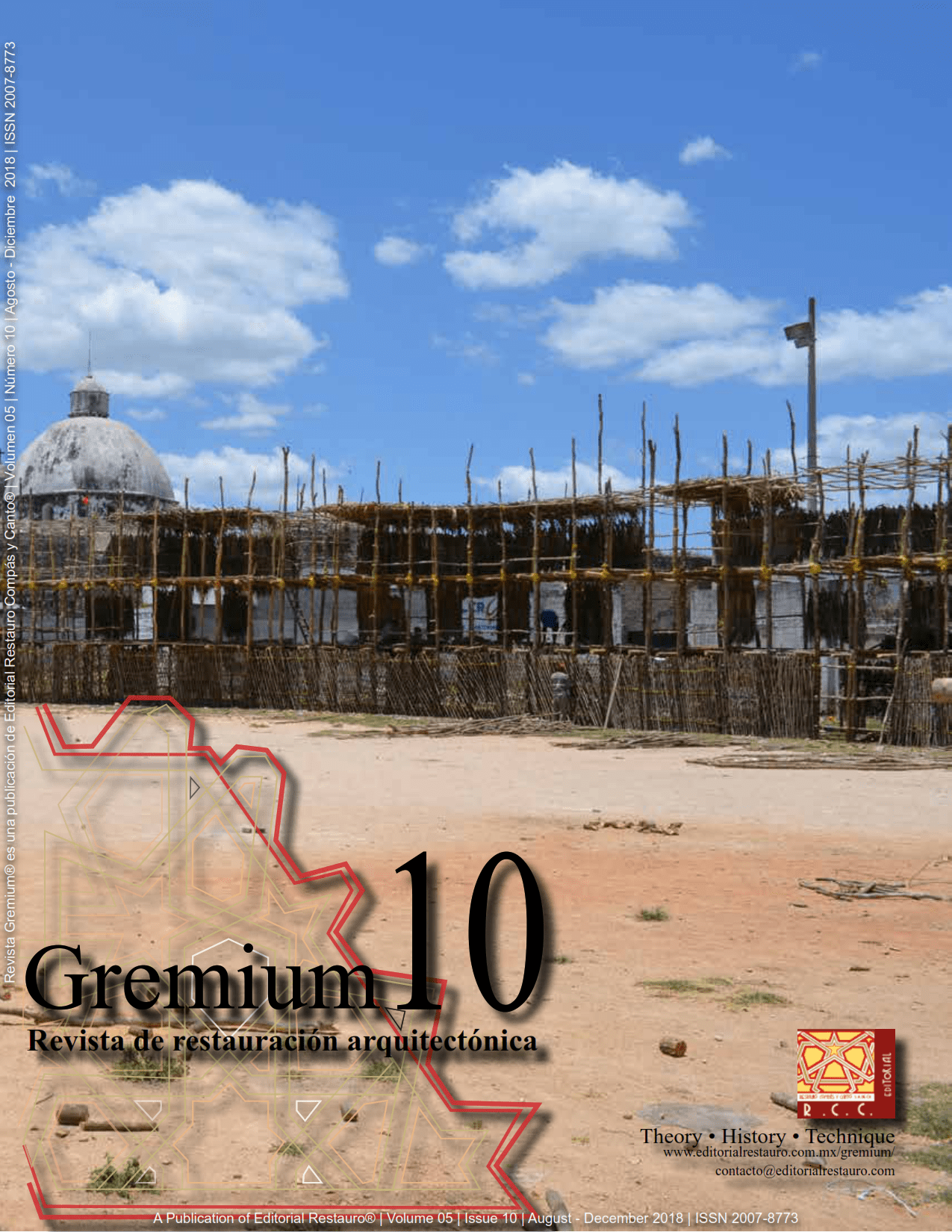How is made the xa’anil naj (the house of straw) in Tesoco, Yucatán, México
DOI:
https://doi.org/10.56039/rgn10a08Keywords:
vernacular architecture, constructive knowledge, cultural heritage, heritage destructionAbstract
The traditional Mayan house, cataloged as vernacular architecture, summarizes in its “mooring” millennia of cultural tradition and knowledge. This knowledge, even loaded with a magical and religious sense, according to the studies (Sánchez, 2006, p.84), is part of the identity of the Maya. His feeling towards these spaces creates between the housing and the human being a relationship so close that even his “souls” are combined. However, various factors threaten the existence of this type of home-room, especially from the side of public policy that considers it as a sign of “poverty”. In the community of Tesoco that type of campaign has been successful, in conjunction with other factors, and now there are few huano houses in the town. We focus then on gathering the conception, ideas and perspectives of the inhabitants towards what the majority calls “their heritage”. However, since almost all older people, we have doubts, what will happen to that set of knowledge materialized in a house when they are no longer there?
Downloads
Downloads
Published
Issue
Section
License

This work is licensed under a Creative Commons Attribution-NonCommercial-ShareAlike 4.0 International License.























